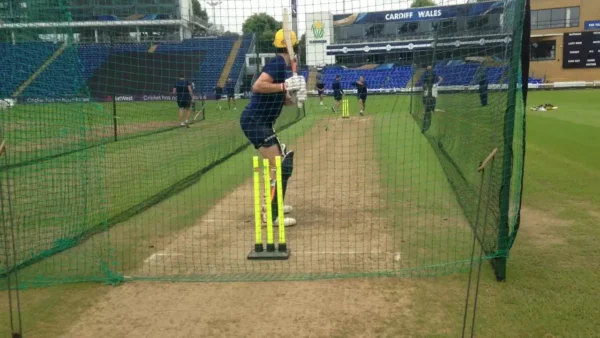
The word on the street is that Virat Kohli wakes up every day, pours himself a cup of coffee, sits under a scarlet tree, and broods over the question, ‘What must I do differently for myself?’ Every day he returns dolorously, with no answer by his side, for it is the one question that obscures […]

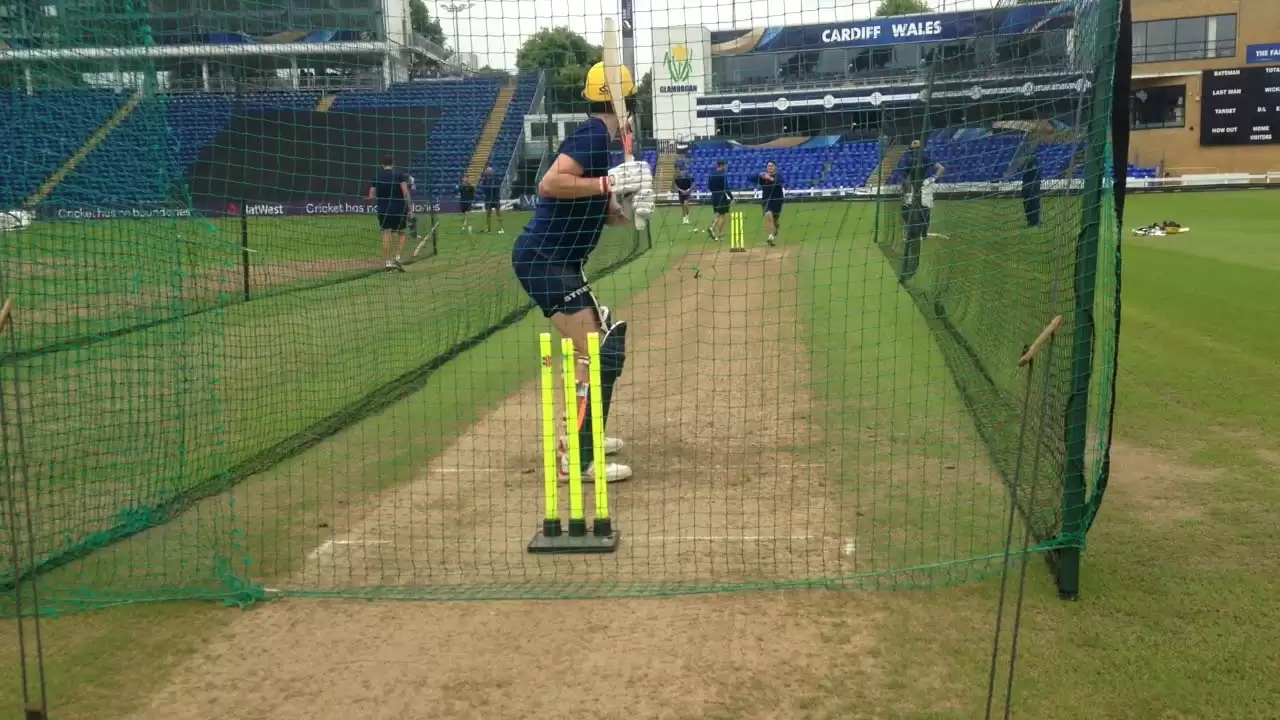
The word on the street is that Virat Kohli wakes up every day, pours himself a cup of coffee, sits under a scarlet tree, and broods over the question, ‘What must I do differently for myself?’
Every day he returns dolorously, with no answer by his side, for it is the one question that obscures his judgment, like making friends is to Sheldon Cooper, growing up is to Jake Peralta.
Yet, when the chants of the 2021 IPL chimed mellifluously, the gluttonous child in Kohli had found his automated ice-cream machine.
Twitter exclaimed that he was shuffling early. Twitter described that he was plonking his front foot early. Peak Kohli of 2016 would not need a reluctantly concocted totter to activate his lower body, but age has caught up with the man’s ever-burdened eyes and muscles, which now need the artificial prod of a shuffle. So, true to his words before the England T20Is that the Indian top-order stars would strive to ‘play more freely’, Kohli wiped his slate clean and chalked out an early trigger movement that settled his left leg across the right an instant early; and thus was littered his power base. And although the runs made hardly the hubbub of his superlative self, like a mechanical engineer in a sportswriting job, Kohli showed that he could adapt with the needs of the day, while lending the outside world a transient squint into the ethereal deserts of the power-game.
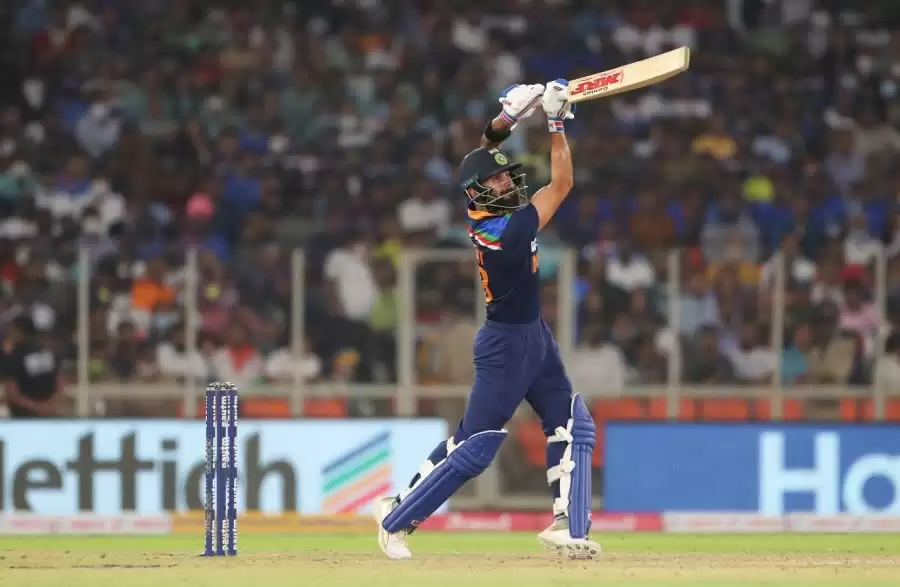
Kohli wiped his slate clean and chalked out an early trigger movement
***
The ECB are at the center of the white-ball revolution in cricket. Since the 2015 World Cup, run-scoring in the one-day format has happened at a rate 12.8% faster than previously; take England out and this number falls to 12.6%. Such has been the commitment to fast scoring that home wickets between the 2015 and 2019 World Cups yielded 0.60 rpo more than the previous four-year period between tournaments, emblematic of a conscious attempt to be the trendsetters of the new age, caprioling around a cricket ball more bonnily than anybody else, like the most unflagging wanderers in the town. But before the first scents of the revolution permeated the air and silky champagne suffused victory’s sweet tang, not only was Moeen Ali already on TV disintegrating his power stance, the ECB lab was also jostling with footsteps.
Stance-specific information is skimpy in the ECB’s 2018 research program but the study is amongst the most educating scientific inquiries made in cricket. Headed by Loughborough University alumnus Chris Peploe, a sports biomechanics consultant working closely with the ECB, this squad of four undertook a first-of-its-kind investigation in cricket aimed at understanding the science of range-hitting and to “see what they’re (participants) currently capable of doing in terms of the kinds of ball and bat speeds they generate and the techniques they use to do that.” A digression here: while monumental progress has been made in other sports in the same topic, cricket remains relatively retrograde, partly because of the pubescence of T20 and partly because of an implicit bygone fascination. Some of the few references their paper makes itself are to independent research done by Peploe himself, such as the relationship between contact location of bat on ball and launch. The working method of the team was simple: use an 18-camera motion analysis system, twenty male batters from various levels (including three internationals), and plot the paths travelled by each system of markers. The results obtained were published online.
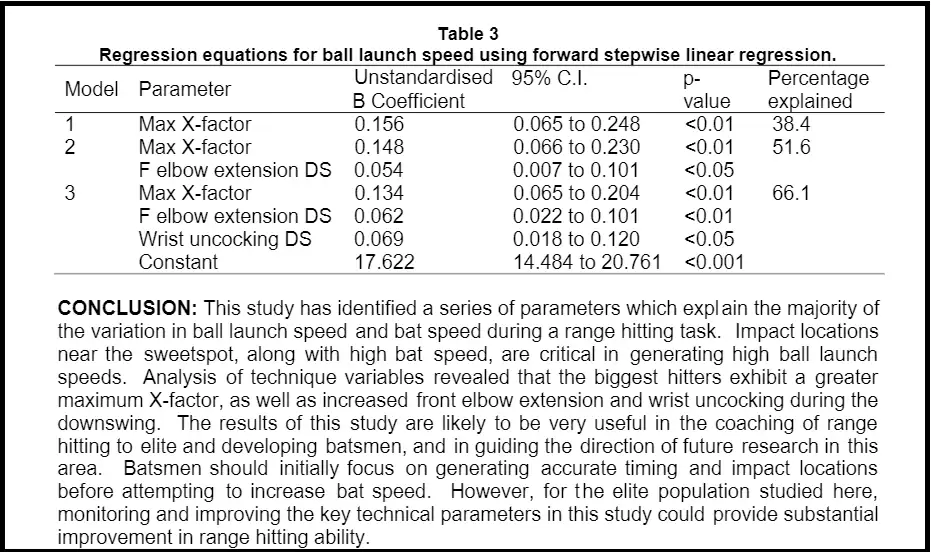
Headed by Loughborough University alumnus Chris Peploe, a sports biomechanics consultant working closely with the ECB, this squad of four undertook a first-of-its-kind investigation in cricket aimed at understanding the science of range-hitting (Source: Relationships between hitting technique and ball carry distance in cricket RESEARCH PAPER)
The paper also borrows discussion on an interesting aspect from golf. “A large angular separation between the pelvis and upper thorax in the transverse plane (often referred to as the X-factor; Mclean, 1992) at the top of the backswing and during the downswing has been strongly linked to increased clubhead speed,” it says.
Multitudinous studies exist in golf that point to the same direction. A high X-factor increases the power of the swing by utilising what is known as the “stretch shortening cycle”, the rapid change from an eccentric contraction of a muscle to a concentric contraction. Existing research in cricket had also shown that the X-factor at the end of upswing is of greater value in male hitters than females, consistent with findings in other sports, so it was a valid idea to extrapolate from alien sport and explore.
Not surprisingly, Peploe and his men showed that the pelvis-thorax separation angle of a batter at the commencement of the downswing was the best individual predictor of bat speed, accounting for as much as “28% of observed variation in cricketers”: the higher the X-factor the greater the bat speed at contact. But that was not all. They also wrote about lead elbow extension – the difference in the minimum value of the top-elbow angle at beginning of downswing and its maximum angle at point of contact – and wrist-uncocking angle – the difference between the minimum and maximum angles of top-hand wrist position at the beginning of downswing and bat-ball contact – which when added to the X-factor explained 77.7% of the variation. Increased elbow extension and wrist uncocking not only enhanced bat velocity at contact; it also increased the length of the “bat-arm system”, enabling it to act like long levers, as commentators like to call it. The science uncovered was inadvertently prominent in our daily lingo.
The team said: “Research in other sports has shown that higher skilled baseball players exhibit a longer stride phase and that higher skilled golfers exhibit a greater and faster weight shift between feet. Such lower body technique aspects may still play a role in successful range hitting in cricket, but are of lesser importance than the upper body parameters included in the regression model.”
***
Rishabh Pant was a fast bowler’s existential problem. With no slits in his rugged wheels, his arms and feet came sprinting heartlessly at you, no matter if you are Bhuvneshwar Kumar of Andre Russell. Against right arm pacers in T20 cricket, he scores 23% faster than all other batters, while attacking virtually the amount. In the IPL, barring AB de Villiers, no batter strikes the ball harder than him against seamers at the death. Only two men averaged more against high pace in Test cricket: Steve Smith and Babar Azam. If you pitched it up, he warped his burly trunk over the ball’s line to unleash the fierce swing of the bat that the cricket world had so quickly embraced. If you pulled your length back, he collapsed his front knee, withdrew his body, and swivelled across the line to squeeze the ball over fine leg. He was a master puppeteer dancing his marionette to the fascinated squeaks of seven-year-old children watching an airplane fly for the first time.
Then one sudden day, he stopped hitting.
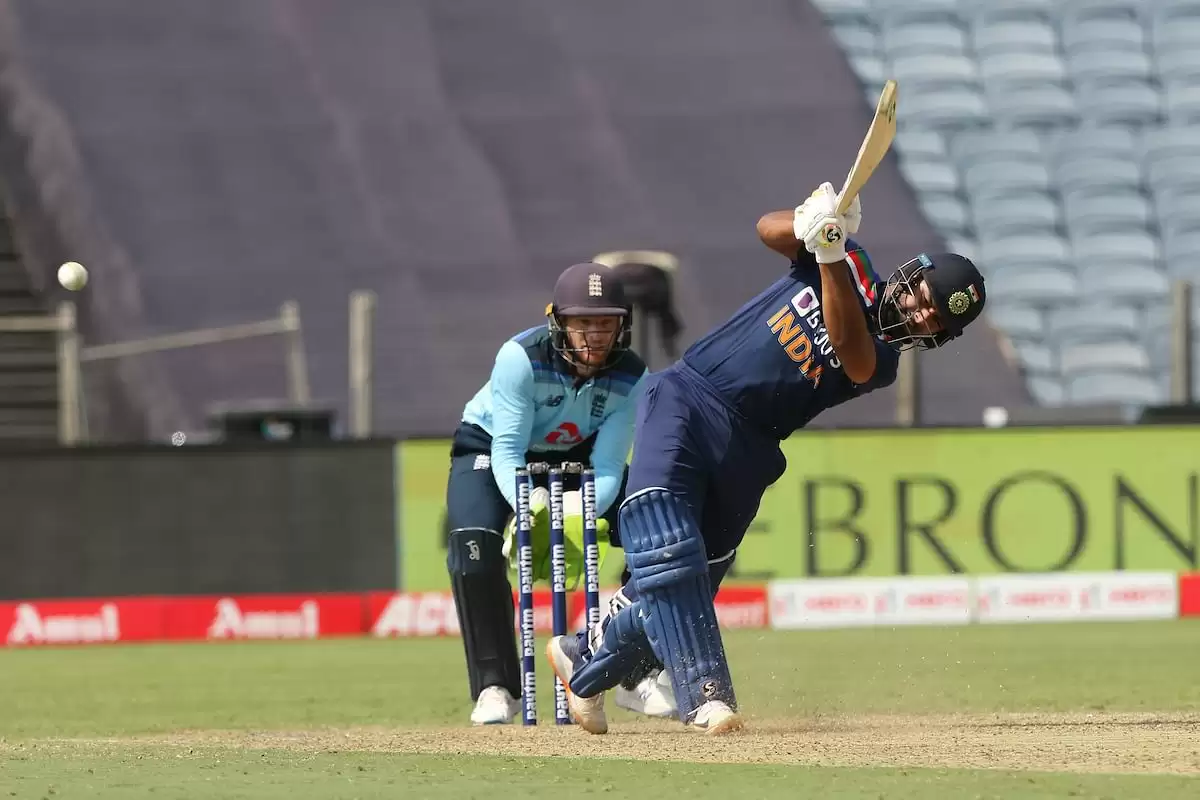
Against right arm pacers in T20 cricket, Rishabh Pant scores 23% faster than all other batters, while attacking virtually the amount.
His strike-rate crashed through the roof, to an inextricable 116.3, and nearly every second ball he faced was a dot. His boundary percentage dipped, as did his Impact and Attack ratings in CricViz charts. Bowlers targeted him outside off-stump, and his pull shots no more exuded the same vigour they did a year back. A modern-day maverick-cum-messiah-cum-elite had been whittled into an anchoring specimen under the disparaging eyes of a system not grown-up enough for him, like towel snaps in cartoons.
***
Three thousand miles away, twenty-seven years ago, four researchers working inside an indoor biomechanics facility had uncovered the malaise that would come to Pant and many others.
Christian Welch was a biomechanical engineer. Frank Cook and Scott Banks were orthopaedists. Pete Draovitch was an athletic performance specialist. Together, they made the perfect team. Welch, Cook, Banks and Draovitch set out to unravel the erstwhile undocumented needs of baseball’s hitting athlete, the batter.
Ever since the writings of Earnshaw Cook in the mid-twentieth century, statistics has captured baseball, but the sport has not been limited to it. With skilled faculty, state-of-the-art facility and enthusiastic patronage, science has revolutionised baseball and beyond. When Michael Lewis published the game-changing Moneyball: The Art of Winning an Unfair Game, sports literature all around the world readily adopted the name, each waiting for its own ‘Moneyball’ moment. Yet, within the fortresses of baseball, significantly less effort had gone into understanding the kinematics of the batter’s swing when compared to the act of pitching. Welch and his team decided to turn that around.
Equipped with six 200-fps multi-angular cameras, reflective markers and thirty-nine professional baseball players, Welch’s team instructed athletes to hit a number of baseballs off a standard batting tee, utilising the experiment to plot the corresponding kinetic and kinematic info. Every smash was recorded, and the three-dimensional intelligence data processed. Of the many curious nuggets of enlightenment this exercise contributed was the following: by the instant of ball contact, the hitter’s trunk moved through an average angle of 30 degrees in the median plane and 26 degrees in the frontal plane, to give a “vertical and horizontal lateral flexion” to the body – cricket’s very own X-factor.
This is a significant range of bending. While the kinematics of baseball and cricket can be occasionally dissimilar – the angle of propagation of a baseball for maximum range is said to be between 30 to 35 degrees while for cricket it is 42 degrees – the size and weight of the balls used are somewhat similar, so it would hold that the derivations made from these values are similar to a reasonable degree of accuracy.

Intrinsically, putting equates to 40% of the shots played by a golfer in a round. It’s also a popular warm-up technique.
While Peploe’s ECB study gave a coarse, rudimentary understanding of the relationship between maximum range and X-factor, Welch and his team numerated it three decades ago, in a different sport. Similar research exists in golf also: elite players are known to maximise the magnitude of difference between pelvis and torso rotations, and this they do during the early part of their downswing when the pelvis “begins rotating towards the target before the torso.” That is, rapidly stretching the muscles of both the trunk and the pelvis during the backswing, followed immediately by concentric contractions of these same muscles, can enhance power production during the downswing. Then, if a batter’s core moves through a solid angle anywhere as near as estimated by Welch and his team and the multitudinous research done thereafter in vindication of it, disdainfully hoicking a full-pitched delivery over the bowler’s head or waltzing down the pitch to pull a short ball off the hip, is much a function of the core in as much as it is any other part’s.
While it is not possible to cardinally interpret the flesh around Rishabh Pant’s bones without being too gross about it, quantitatively, it is possible to say with ample certainty that the man who went into quarantine a muscular youngster came out a flabby coyote.
***
T20 cricket has role specifications that go beyond traditional characterisations. No longer are teams conceited with the long-format concept of invoking their batters by the constricted christenings of opener, middle-order player, and finisher; they are anchors, hitters, and a bit of both. As an anchor, you can either adopt to play in the Virat Kohli style or the Shai Hope way: making up for scant scoring rate in the first many overs by going bazooka in the last the few times you stay past your inflexion point, or bat through the innings holding one end up insuring against a collapse without a sizable flux in scoring rate. Barring timely contradictions, it has been largely agreed upon that the anchor offers circumstantial utility, not least on bowler-friendly wickets. In ten years’ time, the anchor may have gone out of significance, or stayed. Or they may dither in and out of T20 argot, flickering uncontrollably with extrinsic factors. But is it possible to select a player at a young age in order to be groomed as an anchor?
Think about it. Rarely has a player metamorphosed mid-career from being a full-time stabiliser to a firecracker. Approaches may be more or less psychological than skill-based, but the Manish Pandeys stay Manish Pandeys; the Andre Russells the Andre Russells. Granted, it has barely been much time since such terminology came into popular usage but if any cross-over has ever been observed, it has seen has-been hitters retract into being anchors like KL Rahul and Rishabh Pant, not vice-versa. Can players specialise to be contextual anchors or kamikaze hitters from youth, with the demands of T20 in mind?
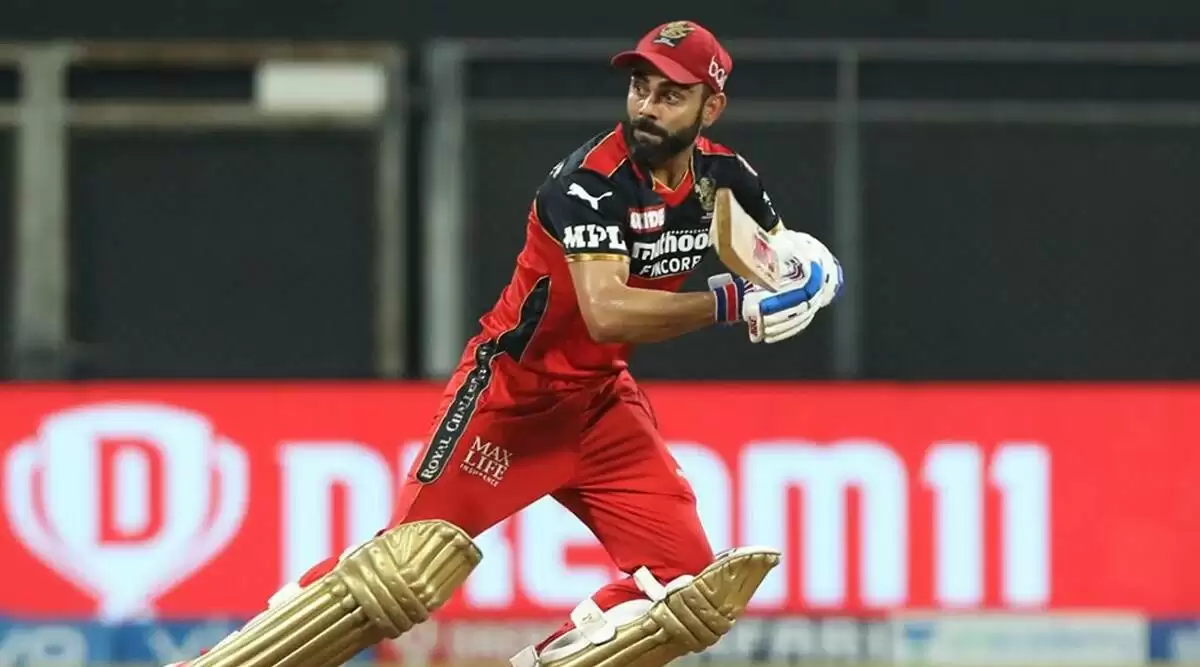
Rarely has a player metamorphosed mid-career from being a full-time stabiliser to a firecracker.
If so, what skillsets earmark a young player as either?
Putting is the light stroke made on the green course to place a golf ball into the hole. Intrinsically, putting equates to 40% of the shots played by a golfer in a round. It’s also a popular warm-up technique. Researchers in Australia subjected athletes to forty minutes of putting practice on a golf course to study its effects on swing kinematics. It was expected that the task would affect pelvis and torso movement, and reduce hand speed during the swing. But this was not all: the Body Mass Indices (BMI) of golfers was also recorded. Curiously enough, the difference in kinematic markers, before and after performing the putting task, was found to be greater in golfers having low and medium BMI.
Make no mistake, the high BMI subgroup was found to display less pelvis-torso separation and other power-enhancing markers already prior to putting. But it was interesting to the researchers that expectedly fitter athletes from the first subgroup were afflicted more by the resultant fatigue of the putting task. “The fact that the greatest post-intervention adjustments were made by the leanest golfers suggests that the golfers in this group are the most vulnerable to the effects of fatigue,” they postulate, “One possibility is that the additional body mass of golfers with higher BMI not only provides them with a buffer against the repeated spinal rotational stresses generated during the swing but that the inertia of the additional mass acting during the swing also mitigates the effects of fatigue. Extending this view, it may be that it is the additional effort made by golfers with low BMI to maintain their swing characteristics when fatigued that increases their vulnerability.”
Cricket’s most famed anchor is Virat Kohli. He is also rumoured to be the fittest. His BMI is 22.06, comfortably placing him amongst the medium BMI subgroup. The muscles utilised in the golfer’s errand of putting and dabbing a cricket ball to short midwicket for one may be different, but there is significant use of the back in each. Possibly, the trunk’s. When fitter batters choose to bat through the innings – a trope borrowed from the physically enervating needs of Test cricket – the cost they face may be greater muscle fatigue, and resultantly impeded X-factors as they look to attack in the latter parts of their innings. Alternately, there could be pertinence in a proposition to develop young batters with naturally high BMI as designated anchors. Of course, the counter-argument is that T20-specialist anchors are hard to come by – but in a future in which slam-bang promises to be the future of the game, if the anchor’s role is still feasible in a decade’s time, it might just be economically profitable.
This is no conclusive cause for fitter batters to attack sooner. But it is one more.
Yet, all twenty-nine of the golfers studied in the research facility at Australia depicted a decrease in hitting capabilities in the post-putting session, with no exception. This is all the more reason to decry the act of anchoring in T20, or more narrowly, “getting in.” If unlike in other sports a preathelic warm-up activity does not acclimatise a hitter to the rigourous demands of the game, how much of this is psychological? Anecdotal it may be, but I put out a sham Twitter questionnaire (shown below) about whether batters find it easier to start against a bowling machine than against a bowler, and a prevalent view was that such was indeed the case. Besides, how much of this praxis is perpetuated by the near-anachronous, senescent belief inculcated from long-format cricket where play is more a function of the pitch that in the shorter formats that the game respects and rewards habituation with the pitch?
There have been many studies verifying that feet movt, downswing and upswing initiation, bat speed etc are all impeded while facing a bowling machine. This is one:https://t.co/Rh4nG74tcD
— Harigovind S (@HolyCricket_513) May 6, 2021
Then, T20 cricket has only made surfaces more homogenous – be they for financial, logistic, or entertainment purposes – and there is little reason to believe that going forward with new geographies to conquer, new competitions to penetrate, the status quo will change.
And if an initial “feel of the ball” is what a potential power-hitter needs to maximise scoring from ball one, listen to Jarrod Kimber, and invest in batting cages: as the man himself defines, “fully enclosed batting net(s) on the boundary edge.”
***
Consider a hypothetical batter, facing a hypothetical bowler, in a hypothetical land. The bowler is bad. The batter is a bolshie new-age muscle-sack. It is plain as a pikestaff judging from the field and the historical pattern of the bowler that an attempted yorker is coming. Based on the bowler’s quality and the position of his own stance, it is known that the ball in effect will be a full toss or a half volley. These are the given.
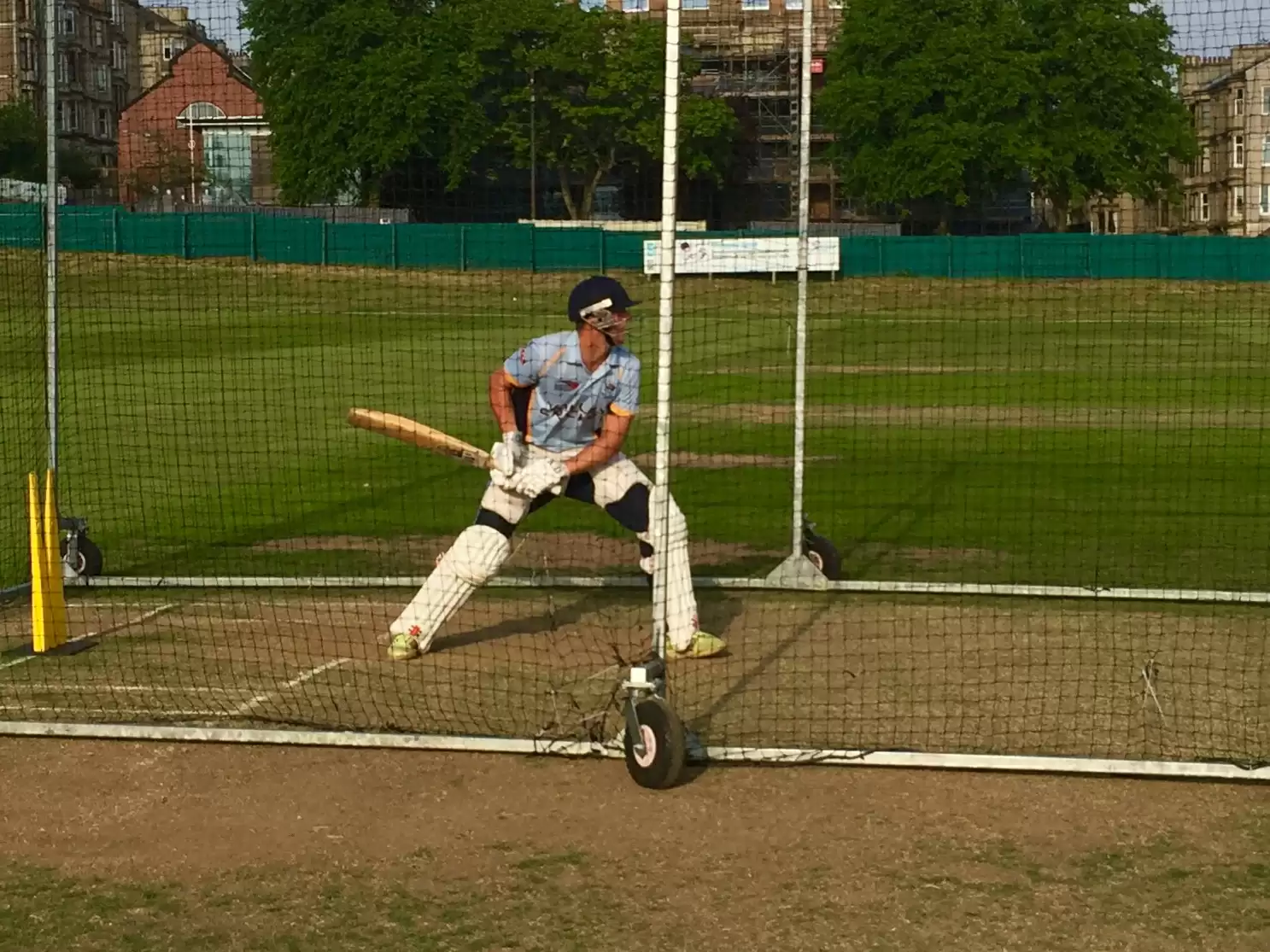
There are analyses that confirm that the lateral backlift technique is the most common in cricket, with three-quarters of South African male international batters using it over the straight counterpart
Why should the batter take his stance like a cricketer, now?
Of course, there is the possibility of the bowler hitting the blockhole accurately with the flawless precision of a rifle shooter. But when 12 runs are required off 3 balls and there is batting depth to come, the cost is slight and the benefit astronomic, why not take stance like a baseball hitter with the bat angled away from the perpendicular?
There are analyses that confirm that the lateral backlift technique is the most common in cricket, with three-quarters of South African male international batters using it over the straight counterpart. The baseball backlift is neither. It is laterally poised, but opposite in direction to the LBBT in cricket. Yet, it is also in similarity with the observed final upswing orientation of every batter, meaning it cuts by half the time required to perpetuate a shot. The downside of course is that a yorker could floor you and you are committed to the aerial shot from the beginning, but this choice is dictated by circumstance.
Such questions abound at the drop of a feather. We know that sweetspot contact is the single most effective ingredient for long range. Which batters consistently initiate that? Is there a technical quality idiosyncratic to such batters? Is it possible to identify such batters at a young age and saddle them with the heavy mantle of hitting in T20 cricket? By the same token, are there benefits to using a golf stance in death overs?
One of the great observations of Christian Welch’s 1995 paper was that once the movement of the front foot of a player towards the ball was complete and the stride was fully established, her left foot was closed by 61 degrees from the vertical.
When combined with the clearing of the front leg that is not a feature of the American game, this busts the long-standing myth in cricket that the straighter your feet are, the greater your range on the legside. We have no such existing proof in our game, but anecdotally, a few players and more watchers might concur.

Credits: Pitch Vision
This beautiful paper also bespoke another amazing observation, which may be of extrapolation to cricket. When these thirty-nine highly skilled marker-pressed camera-observed athletes swung their bats, a putative pattern of bat trajectory materialised, which could be mapped, documented, and used as an indefinite primer for unskilled players, starting training at the lowermost levels under the lowermost coaches. It started with the phase of initiation: the clockwise rotation of the upper body with weight shifting towards the back leg, as the upswing sets off; followed by the stride, where the front foot lifted off the surface and the weight on the back leg increased by 2% empowering the arms, right leg, shoulder and hips to rotate clockwise in descending order of magnitude. As the foot made contact, force imparted on the ground had increased by a factor of 23%, with a mean stride length that was 3.8 times their hip widths. This opened the door to the third event – the point of contact – where 84% of body weight was concentrated on the back leg with the front leg acting as no more than a “block”, accompanies by a fulsome follow-through. The dominant shank had gone from being the right, to left, and back to right leg for right-handers.
Cricket’s Moneyball moment has been a long-awaited event – so long-awaited that it borders on sociological cliché. The supply chain is limited, the broadcast audience stagnant, and existing research complex for decentralised utilisation. In a format that runs for five days and houses 2,700 events, the monster can indeed be “too hard to tame.” But when the moment arrives however – and it shall, gloriously – we aficionados of the game will see in it a pulchritudinous thing of beauty, which if too colossal and immeasurable and grotesque is also immeasurably cherishable, when viewed from the nether end, like the mountains. When that day ultimately comes, the sport will be richer at every echelon, and so would be its viewers.